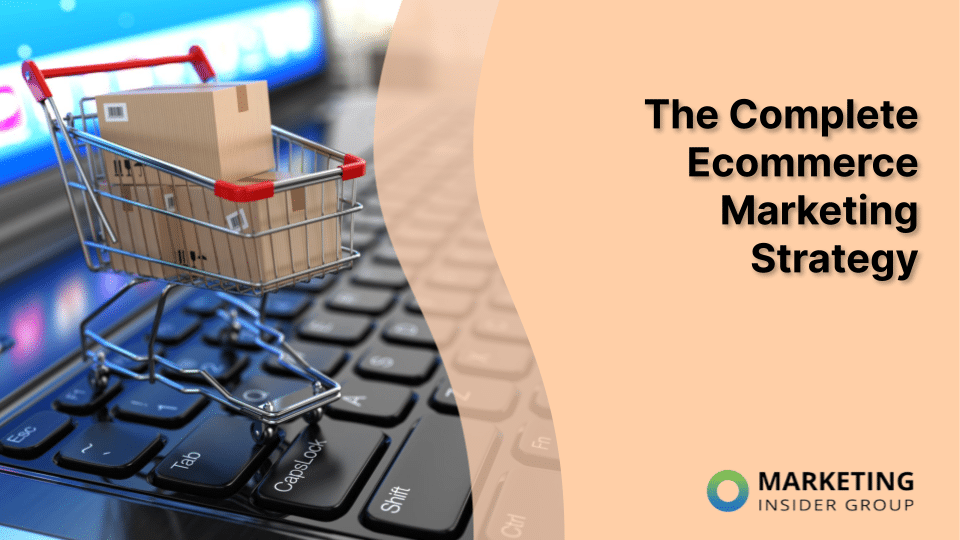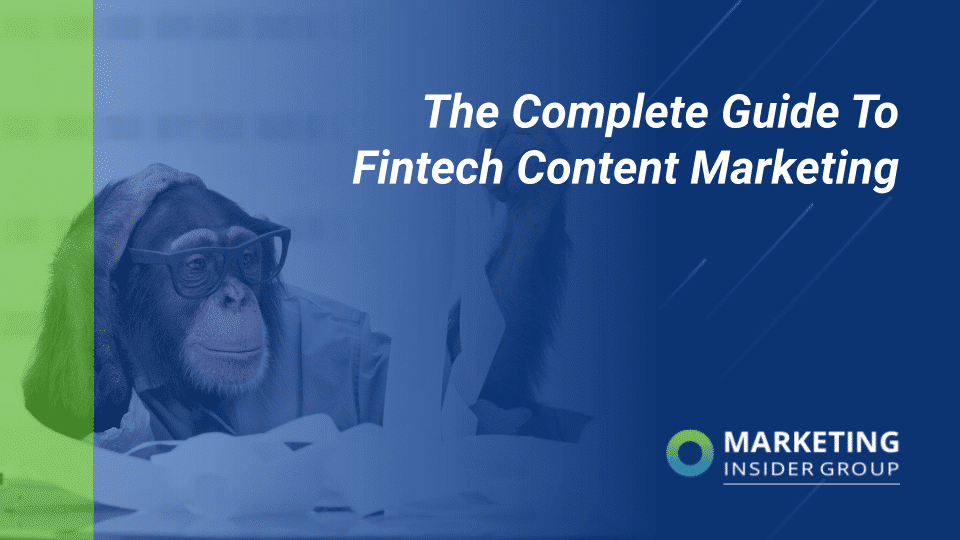
The Complete Guide to Managing an Ecommerce Blog
If you’re an online retailer, managing an ecommerce blog might not sound like something you have time to put at the top of your priority list. After all, you’ve got inventory management, digital marketing, advertising, customer service and a million other things to handle. Could a blog really be that important?
The answer is unquestionably yes.
Your blog makes your website and products more visible and accessible to your current and potential customers. It makes your brand more trustworthy, establishes authority in your industry, and makes it more likely customers will choose you when it’s time to make a purchase.
But managing an ecommerce blog is time consuming, and it’s not always easy. That’s why we put together this complete guide on how to do it. In the article to follow we’ll cover exactly why a blog is important to your business, how to use your blog as a tool for growth, and how to efficiently manage it on a day to day basis.
Let’s get started.
Quick Takeaways
- Ecommerce blogs are important to companies because they increase brand visibility, trust, and authority with target audiences.
- Blogs should be prominent and easy to find on your website.
- Visual content is an effective way to make ecommerce blog articles more engaging and shareable.
- Content calendars drive strategy by keeping you accountable and ahead.
- Outsourcing content creation can help you save money and build a more impactful blog.
Why do ecommerce brands need a blog?
Search engine rankings
In 2021, when people look for products, they start with a search engine. In fact, 93% of all online experiences begin with a search. If you want customers to be able to find your brand and website, you must rank on search engines.
One of the surest ways to increase your search engine rankings? Maintaining an active blog. Research by Hubspot found that websites with blogs have 434% more indexed pages than sites without one (and 55% more visitors, too).
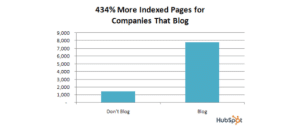
Source: HubSpot
Builds brand trust
Brand trust is one of the most important factors a person considers when deciding whether or not to make a purchase. Recent research shows that trust comes second only to price when people are deciding on both new brands to try and whether or not to stay loyal to brands they already use.
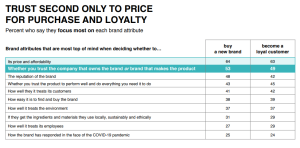
Source: Edelman
Managing an ecommerce blog takes significant time and effort, but it also shows potential customers that you care about providing value for them outside of just the products you’re selling.
Blogs allow customers to build trust in your brand by getting to know you as they engage with consistent, high-quality content.
Gives you brand authority
Part of brand trust is establishing brand authority. Brand authority is the degree to which your audience sees you as an expert in your industry.
Managing an ecommerce blog on your website gives you an opportunity to build your authority by covering topics relevant to your customers and products. As you do this over time, customers will know they can turn to you for reliable information and answers. Then, when it comes time to make a purchase, you’re already at the top of their list.
Your blog contributes to brand authority in other ways, too — some of which we’ve already discussed. When your website is consistently ranked high on Google, for example, it sends the (accurate) message that you’re a leader in your industry. Blog posts are often shared on social media channels, which builds social proof and shows potential customers that others consider you an expert, too.
In short: your ecommerce blog is a way to establish that customers can not only trust you, but also rely on you to provide accurate answers and expert insight.
Increases brand visibility
Blogs benefit ecommerce businesses by increasing their overall brand visibility. This happens in two main ways: search engine rankings and shareable content.
We already know how important it is to appear on search engine results pages (SERPs), so let’s focus now on shareable content.
Shareable content is just what it sounds like: content that people are inclined and likely to share through other channels. They do this mainly by posting it on their own social media channels, but also by sending it directly to others in their network when they find it interesting or want to recommend a particular product.
This is important because in general, people trust recommendations and testimonials of other buyers more than they do brands themselves. Leveraging your blog to create brand advocates who voluntarily market your products for you? A total no brainer.
Helps you engage with customers
Blogs give you the opportunity to engage with customers in a number of ways. You of course build connection when you create content that they interact with and enjoy. But you can also engage directly with readers in your comments sections and on social media posts where your content is shared. These efforts make your customers feel more connected and loyal to your brand while also building a sense of community amongst your audience.
The Complete Guide to Managing an Ecommerce Blog
Now that we know why you need an ecommerce blog, let’s get down to the business of actually managing it. First, we’ll cover how you can leverage your blog to truly grow your brand. Then we will jump into how you can practically maintain it on a day-to-day basis.
Making your blog a tool for business growth
Make it easy to find
You should make your blog as easy to find as possible on your website. There are a few surefire ways to do this.
First, put your blog on your main website navigation. Your site’s navigation is the map visitors use to explore your content and ultimately decide if your brand can serve their needs. Second, make your blog visible on your landing page. You can do this by adding feature posts to your page that highlight recent or popular articles.
Here’s how we do it on the Marketing Insider Group homepage:
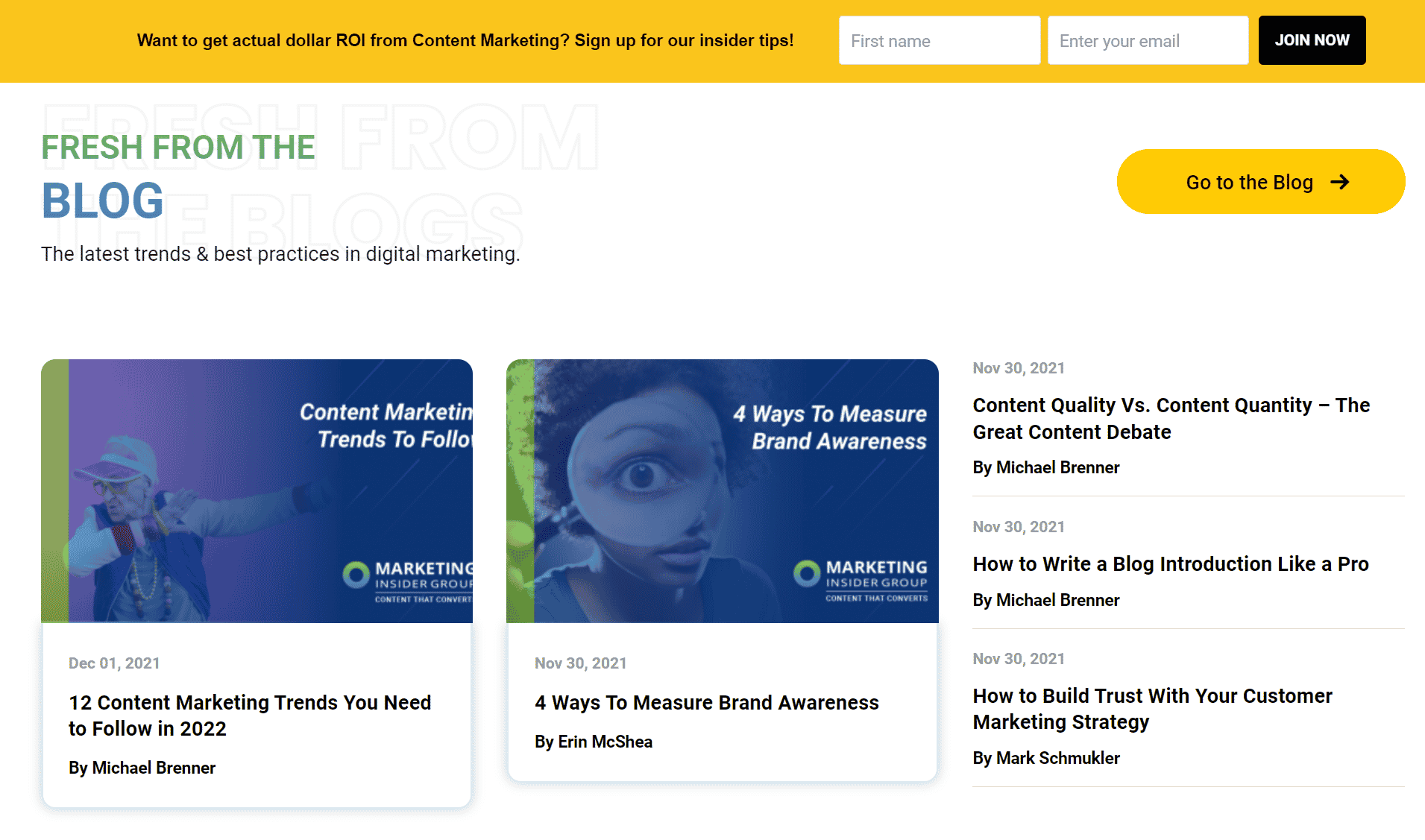
You may be inclined to feel like a blog on your main navigation or landing page could take away from other places you’re trying to send customers (namely to your ecommerce store to make purchases), but the truth is that most people only spend about 15 seconds on your site, and 95% won’t return after their first visit. That perfect path to customer conversion doesn’t exist.
A better strategy is to do whatever you can to keep visitors browsing your website, and high-quality, relevant, interesting blog content is an effective way to do it. Then you can include CTAs and other conversion tactics in your content to keep driving users toward the end goal.
Be sure it reflects your brand personality
This one’s easy — don’t be boring! What makes your brand unique? Why do customers want to buy your products? What’s the tone of your brand voice? What interesting things do you have to say?
Ask yourself all of these questions and more when you’re building your blog content. Your blog shouldn’t exist just to house content that will help you rank. It should be a real, true, genuine representation of your brand. This should be reflected in the topics themselves, the tone you use in your writing (ex: formal vs. informal, funny vs. serious), and your blog layout and design.
Get creative to make sure your ecommerce blog really demonstrates what makes your brand special.
Incorporate lots of visual content
Visual content is the most in-demand and shareable type of content on the internet. Video content is especially popular with consumers. Here are some stats to consider:
- Cisco reported that by 2022, video will account for 82% of all online traffic
- Videos are 53x more likely to generate first-page SERP rankings than other SEO tactics
- 84% of consumers have been convinced to buy a product after watching a video
Those are hard numbers to ignore. Some insight on other visual content:
- Infographics are like and shared 3x more than any other type of visual content
- Social media posts with images see 2.3 times more engagement than text-only posts
- Blog articles with images get 94% more views than those without them
The takeaway here is clear: engaging, high-quality, shareable visual content is a must for ecommerce (and all) blogs.
Promote it on your social channels
Be your own brand advocate, too! Grow your brand advocate army for sure, but don’t leave it up to them to share your great content. Post your blog articles on your business’s social media channels and have your employees share them, too, for maximum visibility.
Managing an ecommerce blog day to day
Decide who’s responsible
Managing an ecommerce blog won’t work if it’s only an afterthought. Be sure to make a clear decision about who on your team is responsible for managing the blog. Communicate effectively so that person or team knows to make it a priority . Otherwise, your blog will likely fall through the cracks and lose steam.
Use a content calendar to stay ahead
Content calendars are a key tool businesses use to keep your entire content strategy — including your ecommerce blog — on track. They have several important benefits, including:
- Keeps you organized and accountable – You’ll be more accountable to your content plan because you’ve outlined it ahead of time.
- Gives you a better grasp on your content – Rather than always focusing on the next post, you’ll gain a more holistic understanding of your content themes and trends over time.
- Helps you identify opportunities – Keeping a content calendar helps you identify opportunities to collaborate and source content ideas from other places inside and outside your company.
- Leads to better content and results – Over time, your content is going to get better as you plan it more intentionally. Better content means better engagement, and more engagement means higher marketing ROI.
Plan around larger business initiatives
One of the best places to look for ideas to fill up your content calendar is within your own company’s schedule. Plan content around important events like sales, product launches, events, and other important happenings.
Outsource if you need to
Did you know that over 70% of brands outsource their content creation to specialized content agencies?
If you’re a business owner, you probably don’t have a lot of time to write blog posts and manage your blogging strategy. Hiring in-house staff may not fit into your budget.
But what you can’t do in-house, you can do with outsourcing.
In fact, by partnering with professional content creators and strategists, you can build an even more impactful blog without having to go through the time-consuming and expensive trial and error that often comes with nailing business blogging.
When you outsource content marketing, you can pay for the services you need and then scale up or down accordingly. You’re more agile and always ready to pivot.
Boost your business now with an ecommerce blog
If you’re ready to make great blog content a core part of your marketing strategy, Marketing Insider Group can help. We have a team of SEO experts and writers who can work together to deliver you ready-to-publish content every week for a year (or more!).
Check out our Content Builder Services or schedule a quick consultation to get started!

